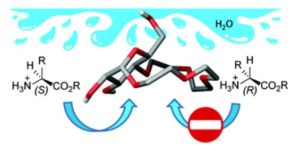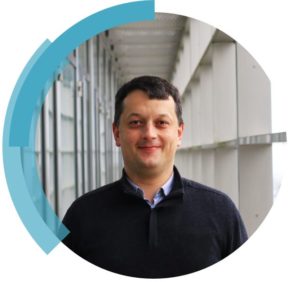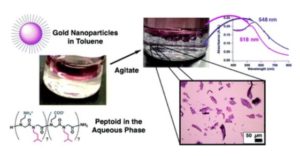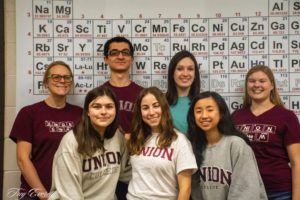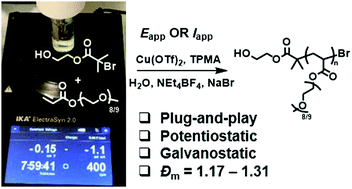Congratulations to Pei-Xi Wang who has published his #ChemComm1st article ‘Lyotropic Liquid Crystalline Phases of Anisotropic Nanoparticles of Organic-Inorganic Metal Halide Perovskites: Photoluminescence from Self-Assembled Ordered Microstructures of Semiconductors‘ within the last month. We recently spoke to Pei-Xi about his experiences as a first-time independent author. Find out more in our interview below.
What are the main areas of research in your lab and what motivated you to take this direction?
Motivated by the charming microscopic orderliness of liquid crystalline phases, which provides a relatively simple and controllable bottom-up biomimetic approach to various fascinating hierarchical structures existing in plants and animals, we decided to focus on the development of novel lyotropic liquid crystals as well as the fabrication of functional composite nanomaterials based on them. Currently, we are trying to build a general synthesis method that can transform different types of organic-inorganic metal halide perovskites into colloidal liquid crystalline mesogens, and to further use these semiconducting soft anisotropic materials in optoelectronic devices.
Can you set this article in a wider context?
The functionalization of many types of conventional colloidal liquid crystalline mesogens, such as vanadium pentoxide nanoribbons, polypeptides, and cellulose nanocrystals is usually difficult, i.e., it is hard to endow them with specific energy band gaps or other desired physical properties by chemical modification. In this article, the feasibility of synthesizing mesogenic nanoparticles of organic-inorganic metal halide perovskites has been proven, as metal halide perovskites are a class of materials with excellent structural and compositional diversity, it would be possible to systematically develop a large family of colloidal lyotropic liquid crystals with semiconductivity, luminescence, ferroelectricity, magnetism, chirality, or other preferred features.
What do you hope your lab can achieve in the coming year?
Since late March, my first two graduate students, Ting-Ting Zhou and Cai-Yun Zhao have started to work in the lab. In the coming year, I hope they can find their real research interests either in the field of lyotropic liquid crystalline materials, where I would be able to support them with the experience and knowledge I have gathered during my Ph.D. and postdoctoral studies, or in any other fields attracting them or fortunately initiated by themselves, where they can enjoy the exciting process of making new discoveries every day.
Describe your journey to becoming an independent researcher.
From 2007 to 2009, when I was a student in Henan Experimental High School, I learned a lot of classical and modern physics for the Chinese Physics Olympiad, during which time I was strongly attracted by the conciseness of physical principles such as the Maxwell equations. However, I did not have a clear understanding of scientific research until the completion of my first project under the supervision of Prof. Mark J. MacLachlan (I would also like to acknowledge Dr. Vitor M. Zamarion for his kind help with that project). There was a moment when I accidentally realized that the circular dichroism signal of a chiral nematic mesoporous silica film filled with a Prussian blue analogue should be the product of the absorption and CD spectra of the unfilled film, which was for the first time I noticed that there might be some interesting mathematical relationships behind the seemingly tedious experimental data. From then on, I learned how to build a comprehensive view of the materials and physical phenomena involved in my studies, and started to enjoy the hunt for undiscovered phenomena in the jungle of my experiments.
What is the best piece of advice you have ever been given?
It would be a Chinese saying “吾生也有涯, 而知也无涯, 以有涯随无涯, 殆已”, which means “my lifespan is limited, while knowledge is infinite, spending my limited time on pursuing unlimited knowledge is harmful”.
Why did you choose to publish in ChemComm?
In the past several years, I have been inspired by many classical research articles published in ChemComm, therefore I believe that ChemComm is a great journal for rapidly reporting new chemical discoveries with clear scientific significance and authenticity.
Read Pei-Xi’s #ChemComm1st article and others in our growing collection, ChemComm Milestones – First Independent Article. Follow us on Twitter for all of the latest #ChemCommMilestones news.












